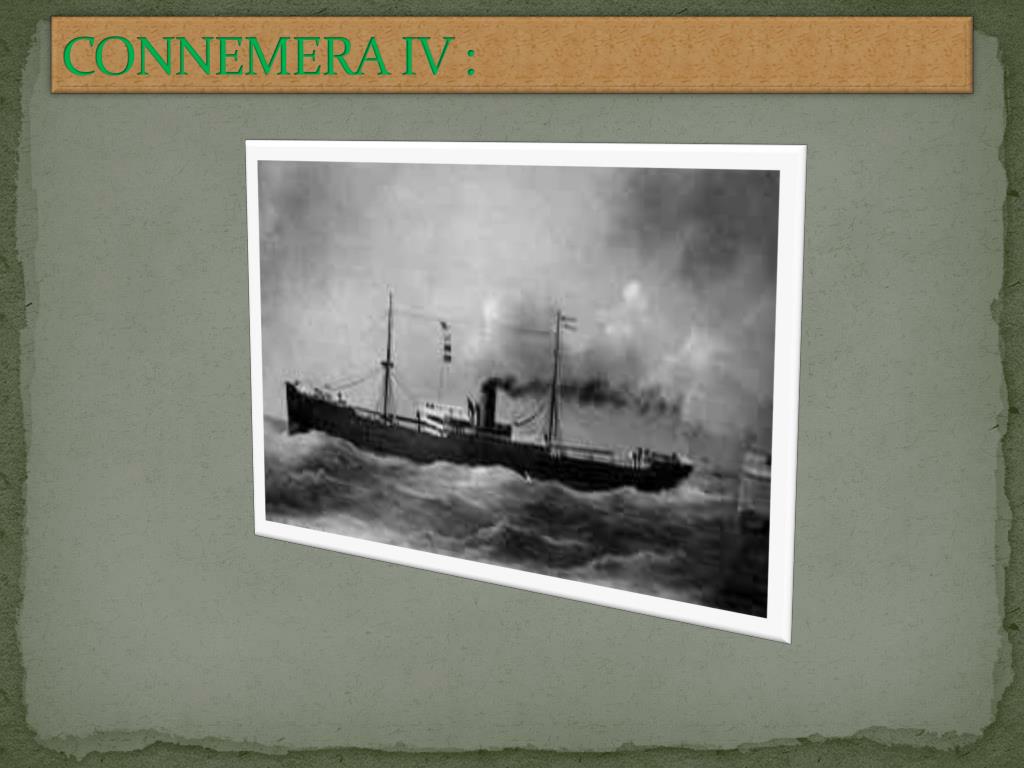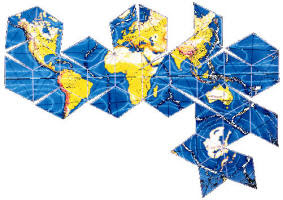

Known for its towering mountains, rich oil fields, and extreme fishing in the Bering Sea.Īlaska has been the focal point of many Television series, movies, and documentaries that recount the lives of the individuals that live, work and survive there.Īmong the vast untouched wilderness of sprawling forests, icy mountain peaks, and desolate tundra are the unexplained stories of over 16,000 disappearances. In any given year, 500-2000 people go missing in Alaska, never to be seen again. While it is legal to shoot bears in Alaska, waking a sleeping bear for the purpose of taking a photograph is prohibited.Īlaska is the only state name that you can type on one row of a keyboard Authorities conduct hundreds of rescue missions, most often return without finding the missing person or any evidence at all. There are more than 3,000 rivers and 3 million lakes in AlaskaĪlaska has more coastline than the rest of the United States combined (more than 34,000 miles).Īlaska has more inland water than any other state (20,171 square miles)Ībout 5 percent of Alaska is covered by the 1,000-plus glaciersĪlaska has the lowest population density in the nation at one person per square mile.īarrow, 800 miles south of the North Pole, has both the longest and shortest day. When the sun rises on May 10, it doesn’t set for nearly three months. When it sets on November 18, Barrow residents do not see the sun again for nearly two months. It is illegal to whisper in someone’s ear while they are moose hunting in AlaskaĪurora borealis (northern lights) can be seen an average of 243 days a year in Fairbanks.Īccidental injuries are the third-highest cause of death in Alaska, twice the national incidence rate. In addition to car accidents, this category of fatalities can also include people falling down mountains or slipping in the spaces between glaciers, called crevasses. Of those accidental deaths, drowning is the third-highest cause. Many times, the cold temperatures cause bodies to sink to the bottom of the water rather than float to the top, adding another challenge to finding missing people. The Alaska Triangle, first named in 1972, connects the state’s largest city of Anchorage in the south, to Juneau in the southeast panhandle, to Barrow, a small town on the state’s north coast. Roughly 1 in every 250 people have vanished in the Alaskan Triangle and since 1988, there have been over 16,000 disappearances in the Alaska Triangle. Statistically, Alaska has more annual missing person reports than anywhere else in the country twice the national average. It also has the highest number of missing people who are never found. In 2007, for instance, 2,833 people were reported missing, and when compared to the state’s comparatively low population of around 670,000 at the time, that equates to about 4 in every 1,000 people a staggering amount. In 2007, Alaska state troopers added 2,833 missing person notices to their Missing Persons Clearinghouse that maintains all related information. In a state with just over 670,000 residents, that figure averages out to about four in every 1,000 people.Īlong with missing persons reports, state troopers oversee search and rescue operations.

In 2007, they performed 42 missions related to overdue hikers, 85 related to overdue boaters and 100 related to overdue snow machine operators who were temporarily missing. The Civil Air Service also assists with search and rescue missions, and Alaska's branch received the most state funding and saved the most lives in 2006 out of all other state branches.


 0 kommentar(er)
0 kommentar(er)
